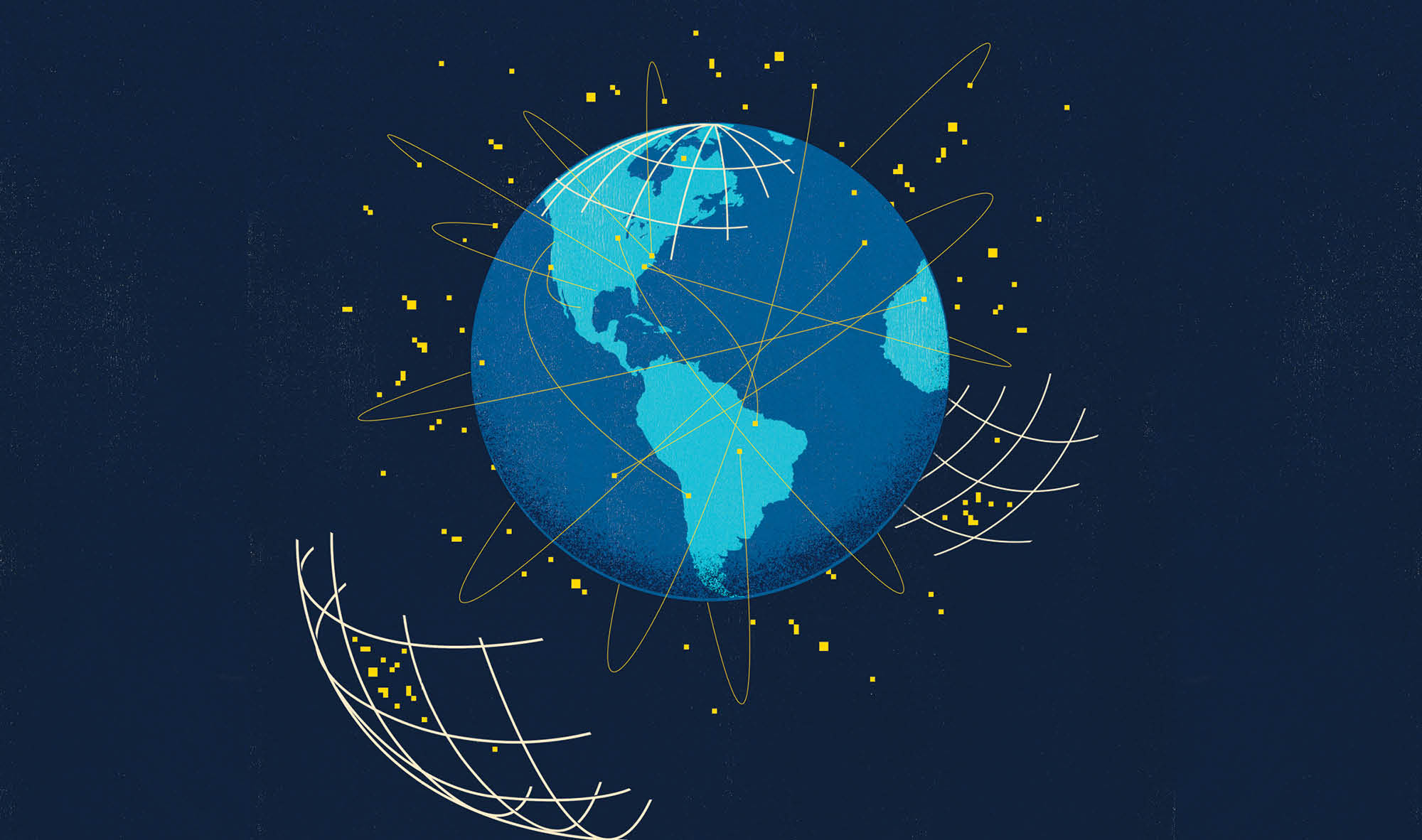Prof. Christine Parlour talks decentralized finance

If you haven’t been paying attention to the explosive growth of decentralized finance, otherwise known as DeFi, now is a good time to start.
DeFi refers to the ecosystem that enables the provision of financial products and services—including trading, lending, borrowing, insurance, and more—without traditional financial institutions. It’s an open-source system built on permissionless blockchains that anyone can use or build on.
According to DeFi Pulse, the total value of currency at play in DeFi ecosystems shot from $10 billion in 2020 to $93 billion in 2022. What once had been considered a kooky corner of the online world has now caught the attention of the biggest players in traditional finance.
Professor Christine Parlour, the Sylvan C. Coleman Chair in Finance and Accounting, explains what DeFi is all about.
What are the origins of defi?
DeFi’s roots go back to 2008 after the financial crisis, when people started feeling grumpy about traditional finance and Bitcoin emerged. There was a sense that there could be a better way of designing the financial system.
As with any new idea, it took time for people to understand what they could do with blockchains. We had the ICO [initial coin offering] craze and that was a bit like a lottery. Once you had this plethora of cryptocurrencies, people wanted to use and trade them—this gave rise to decentralized trading and lending platforms.
And now, Wall Street’s traditional institutions have realized there could be substantial cost savings associated with transacting on a blockchain. Bank of America, for example, launched a digital asset research division last October.
What are some benefits of DeFi?
DeFi opens the possibility of letting many more participants offer different bundles of financial services. That increases the rate of innovation. Secondly, it gives people more control over all matters relating to their financial health.
How so?
Most of decentralized finance is based on some form of blockchain technology, which is essentially a public computer that anyone can check information on anytime. This would be like a traditional firm allowing you to see exactly what they’re doing and what things cost.
Building on this public resource of different blockchains allows completely new and cheaper ways of trading, whether it’s cryptocurrencies, stocks, bonds, chickens—anything.
There’s also been a huge amount of movement in payment systems with lower fees. They’re safer than cash and offer the ability to send money over large distances.
Are there personal privacy benefits?
Yes. When it comes to activities within DeFi, you are pseudo-anonymous. No one knows your age, gender, or educational background—information that usually goes into things like credit scoring.
What are your biggest concerns?
Regulation is moving very slowly. That adds a risk for innovators and for consumers. We’re used to being in a highly regulated financial system, and DeFi is the Wild West.
What’s coming in the near term?
I think we’re going to see this become accessible for retail adoption. We’re starting to see some apps allowing people to trade cryptocurrency. Another thing to expect is huge growth in payment systems, which can have a big impact on welfare—especially for the developing world.
Overall, it’s worth being informed about DeFi, because it’s not going away.